Yeshivat Frisch Medical Sciences Track Does EMT Training
June 1, 2023
By Kyra Rosenblatt ’25
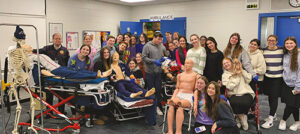 Over the course of this past year, my classmates and I have been studying different areas of medical sciences. Along with learning about different disease processes, our teachers, Dr. Karen Goodman and Dr. Avigayil Elkin, set up different case-based simulations that my peers and I would have to assess, diagnose and initiate treatment.
Over the course of this past year, my classmates and I have been studying different areas of medical sciences. Along with learning about different disease processes, our teachers, Dr. Karen Goodman and Dr. Avigayil Elkin, set up different case-based simulations that my peers and I would have to assess, diagnose and initiate treatment.
When our teachers came to class with a duffle bag, we knew that our class was going to be an interesting one. Inside this bag was a full size manikin that we would continue to use throughout the year for our experiential learning. We would start class by assigning roles such as patient, family of the patient, doctors and nurses. Just like in a real emergency, the “doctors” would start by checking the ABCs: airway, breathing and circulation. After that was done, the “doctors” would dive deeper into the case in order to identify the source of the patient’s problem, and work as a team to carry out the evaluation and management. We had many opportunities to learn about disease processes, and medical procedures followed by simulated cases and hands-on training related to what we had learned.
After engaging in this type of learning throughout the year, we went on a trip to the EMS training center in Paramus where Mr. Infield, our school EMT, is an instructor. There, we saw many different types of manikins that are used to train volunteer EMTs. While the manikin we use at school is a basic model that we adapt for our learning purposes, the EMS training center had more complex manikins. For example we saw a pregnant manikin who could deliver a baby, teaching EMTs skills they may need in their clinical practice. We had an opportunity to give CPR to a manikin that gave automated feedback on how well we were doing our chest compressions. Lastly, to end off the trip, we were able to step inside a real ambulance and see how they are used to save lives every day.
At the training center, we had hands-on exposure to manikins with a higher level of realism and feedback, giving us a chance to see how simulation and innovation in medicine is used in training medical professionals. Having spent the year participating in simulations of real life emergencies with our medical science elective at Frisch, it was amazing to see how a similar approach to medical simulation is used in real life training of EMTs.


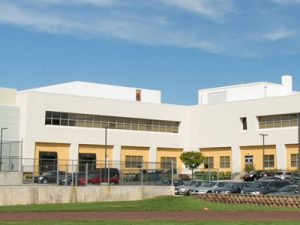
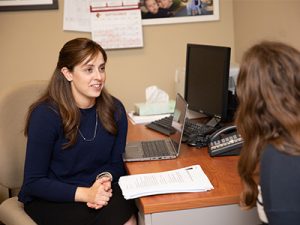
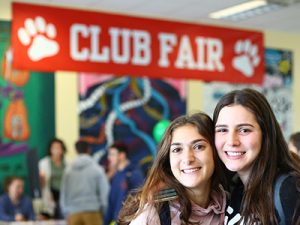
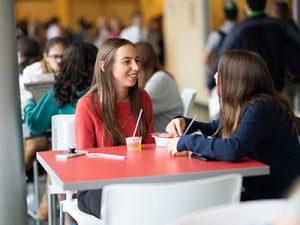
 Over the course of this past year, my classmates and I have been studying different areas of medical sciences. Along with learning about different disease processes, our teachers, Dr. Karen Goodman and Dr. Avigayil Elkin, set up different case-based simulations that my peers and I would have to assess, diagnose and initiate treatment.
Over the course of this past year, my classmates and I have been studying different areas of medical sciences. Along with learning about different disease processes, our teachers, Dr. Karen Goodman and Dr. Avigayil Elkin, set up different case-based simulations that my peers and I would have to assess, diagnose and initiate treatment.